Breathing Life into Music: The Sound of Flute
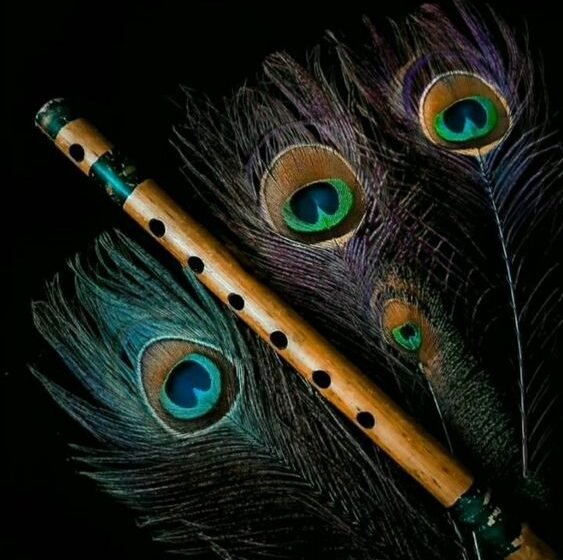
INTRODUCTION
The flute is a musical instrument that has captured the hearts of audiences for centuries. Its sweet and delicate sound has graced countless compositions, from classical masterpieces to contemporary pop songs. Whether you are a beginner or an experienced player, the flute can bring joy and fulfillment to your life. In this blog, we will explore the fascinating world of flute playing, from its history and basics to advanced techniques and performance tips. Whether you’re just starting out or looking to take your skills to the next level, this guide will provide you with the knowledge and inspiration you need to unleash your musical potential. So get ready to discover the magic of the flute and breathe life into music.

ORIGIN OF THE FLUTE
The history of the flute can be traced back thousands of years to various civilizations around the world. Evidence of early flutes has been found in ancient cultures such as Egypt, Greece, China, and India.
In ancient Egypt, flutes were used for religious rituals and were often made of bone or ivory. On the other hand, Greek flutes were primarily used in military and sporting events and were typically made of wood. In China, flutes were used as a form of musical entertainment, and many different types of flutes were developed, including the xiao, a vertical bamboo flute, and the dizi, a transverse bamboo flute.
The modern flute, however, has its roots in Europe during the Renaissance. During this period, flutes were made of wood and had a cylindrical bore, producing a bright and piercing sound that was well-suited for the complex musical compositions of the time. Over the centuries, the flute underwent many improvements and innovations, including the addition of keys, the refinement of its shape and design, and the use of new materials such as silver and gold.
The modern flute, however, has its roots in Europe during the Renaissance. During this period, flutes were made of wood and had a cylindrical bore, producing a bright and piercing sound that was well-suited for the complex musical compositions of the time. Over the centuries, the flute underwent many improvements and innovations, including the addition of keys, the refinement of its shape and design, and the use of new materials such as silver and gold.

HOW FLUTE IS MADE
The modern flute is typically made of metal, such as silver or gold, and has a cylindrical bore with a conical head joint. The body of the flute is made up of several pieces that are fitted together, including the head joint, the body, and the foot joint.
The head joint is the top part of the flute and contains the embouchure hole, which is the opening where the air enters the instrument. The body of the flute is where the majority of the sound is produced, and it contains most of the holes that are covered or uncovered to produce different notes. The foot joint is the bottom part of the flute and contains the keys that are used to change the pitch.
The flute is played by blowing air across the embouchure hole, causing the air inside the flute to vibrate and produce sound. The musician controls the pitch by covering or uncovering the various holes on the body of the flute, and by pressing the keys on the foot joint. The sound produced by the flute can be further shaped and controlled by the player’s mouth and embouchure, and by adjusting the speed and direction of the air.

The flute is a precision instrument that requires careful craftsmanship to manufacture. It is made by a skilled flute maker who carefully cuts and shapes each piece, and fits them together to create a high-quality instrument. The flute is then carefully tuned to ensure that it plays in tune and produces a rich and beautiful sound.
SEVERAL TYPES OF FLUTE
There are many different types of flutes, each with its own unique sound and characteristics. Some of the most common types of flutes include:
- Concert flute: This is the most common type of flute and is used in classical music. It is made of metal and has a cylindrical bore with a conical head joint. The concert flute is played horizontally and has a bright, clear sound that is well-suited to a wide range of musical styles.
- Piccolo: This is a small flute that is pitched an octave higher than the concert flute. It is made of metal and has a similar design to the concert flute, but is much smaller in size. The piccolo is often used in orchestras and marching bands, and adds a high, bright sound to musical compositions.
- Alto flute: This is a larger flute that is pitched in the key of G, a fourth lower than the concert flute. It has a warm and rich sound that is well-suited to slow and expressive music. The alto flute is sometimes used in orchestras and chamber music, but is less common than the concert flute and piccolo.
- Bass flute: This is the largest type of flute and is pitched one octave lower than the concert flute. It has a deep and resonant sound that is well-suited to playing low notes. The bass flute is not as common as the other types of flutes and is mainly used in orchestras and specialized ensembles.
- Irish flute: This is a wooden flute that is commonly used in traditional Irish music. It has a unique and distinctive sound that is produced by its simple design and lack of keys. The Irish flute is played vertically and is held vertically, with the holes covered by the fingers.
- Pan flute: This is a group of flutes that are played together to create a unique sound. The pan flute is made up of multiple pipes of varying lengths that are played by blowing air into the end of each pipe. The pan flute is commonly used in South American and African music and has a distinct and beautiful sound.
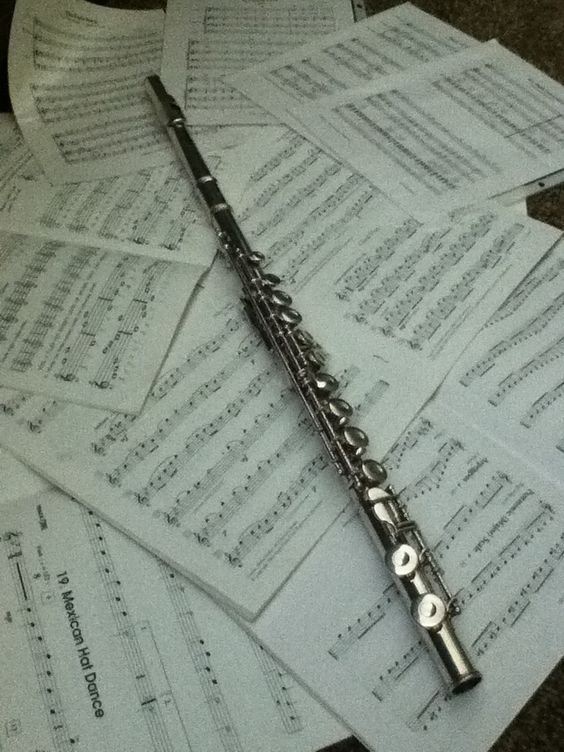
These are just a few examples of the many types of flutes that exist. Each type of flute has its own unique sound and is well-suited to a specific range of musical styles and genres. Whether you are a classical musician, a folk performer, or a jazz flutist, there is a type of flute that is perfect for your musical needs.
FEATURES OF FLUTE
The features of a flute can vary depending on the type of flute, but there are several common elements that are found on most flutes:
- Embouchure hole: This is the opening where the air enters the instrument and is one of the most important features of the flute. The size and shape of the embouchure hole affect the sound of the flute and the ease with which it is played.
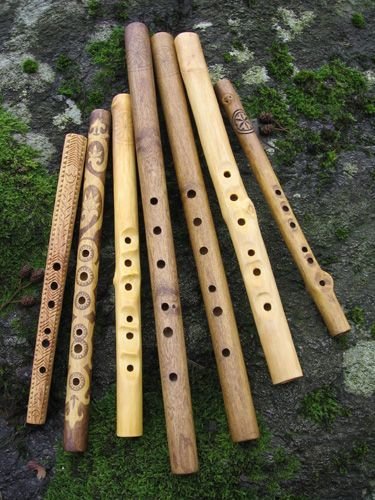
- Keys: Most flutes have keys that are used to change the pitch of the instrument. The keys are typically made of metal and are operated by the fingers. The number of keys and their placement on the flute can vary, but they are essential for playing a wide range of notes and musical styles.
- Tone holes: These are the holes on the body of the flute that is covered or uncovered to produce different notes. The tone holes’ size and placement can affect the flute’s sound and ease with which it is played.
- Bore: This is the interior of the flute, and the shape and size of the bore can affect the sound of the instrument. The bore is typically cylindrical or conical and can have a significant impact on the tone and projection of the flute.
- Head joint: This is the top part of the flute and contains the embouchure hole. The head joint can be made of metal, wood, or plastic and can have a significant impact on the sound of the flute.
- Body: This is the main part of the flute, and contains most of the tone holes. The body can be made of metal, wood, or plastic and can have a significant impact on the sound of the flute.
- Foot joint: This is the bottom part of the flute and contains the keys. The foot joint can be made of metal, wood, or plastic and can have a significant impact on the sound of the flute.
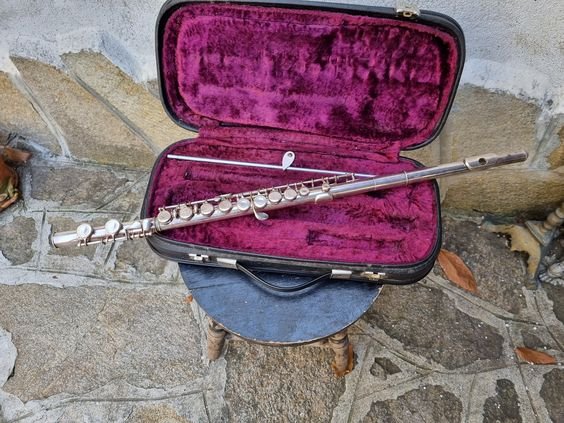
These are the most common features of a flute, and each type of flute may have additional elements that are specific to that particular instrument. The combination of these features determines the sound and playability of the flute and is one of the factors that make each type of flute unique.
FAMOUS MUSICIAN OF FLUTE
There have been many famous flute players throughout history, but some of the most notable include:
- Jean-Pierre Rampal: Rampal was a French flute player who was considered one of the most famous and influential flute players of the 20th century. He was known for his virtuosity and elegant playing style, and was a pioneer in bringing classical music to a wider audience.
- James Galway: Galway is an Irish flute player who is considered one of the greatest flute players of all time. He has a distinctive sound and is known for his virtuosity and versatility as a performer. Galway has recorded and performed with many of the world’s leading orchestras and ensembles.
- Walfrid Kujala: Kujala is a Finnish flute player who is known for his mastery of the flute and his innovative playing style. He has recorded and performed with many of the world’s leading orchestras and ensembles, and is considered one of the leading flute players of his generation.
- William Bennett: Bennett is an English flute player who is considered one of the greatest flute players of the 20th century. He was known for his virtuosity and musicality and was a pioneer in the use of modern flute-playing techniques.
- Marcel Moyse: Moyse was a French flute player who was considered one of the greatest flute teachers of the 20th century. He was known for his virtuosity and his innovative approach to flute playing, and his teachings have influenced generations of flute players.
These are just a few of the many famous flute players who have made significant contributions to the world of classical music. Each of these flute players has a unique style and sound, and they have inspired countless musicians and music lovers around the world.
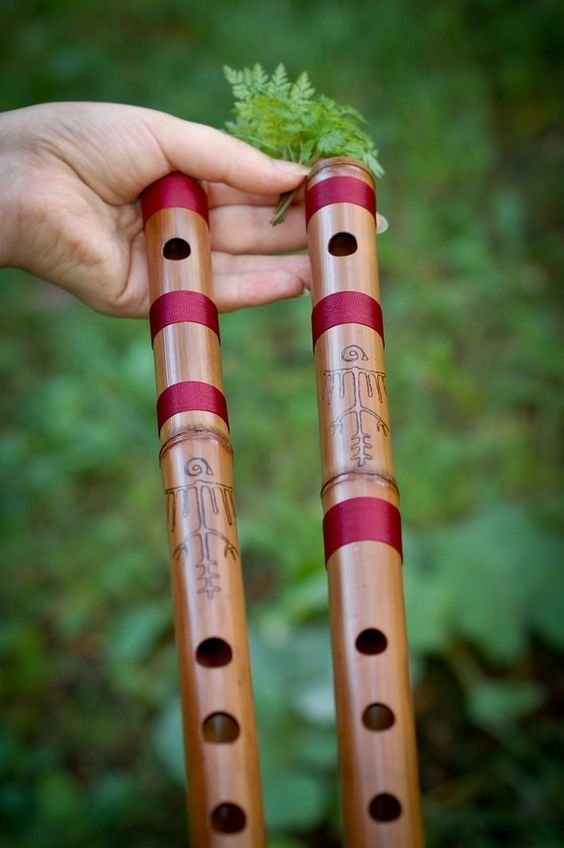
CURRENT SCENARIO
The current scenario for flute playing is vibrant and diverse. There are many talented flute players from all over the world who are making significant contributions to the world of classical music, as well as to other genres of music.
In the classical music world, there are many flute players who are performing with orchestras and ensembles, as well as giving solo recitals. These flute players are showcasing virtuosity and versatility of the instrument, and are helping to keep the flute tradition alive and thriving.
In addition to classical music, there are many flute players who are exploring new styles and genres, such as jazz, world music, and contemporary music. These flute players are pushing the boundaries of what is possible with the instrument, and are creating new and exciting sounds that are captivating audiences around the world.
The flute is also a popular instrument in education, and there are many programs and workshops available for young people who want to learn how to play the flute. These programs are helping to inspire and encourage the next generation of flute players, and are ensuring that the flute tradition continues to thrive and evolve.
Overall, the current scenario for flute playing is full of energy, creativity, and innovation, and there are many exciting developments taking place in the world of flute music.
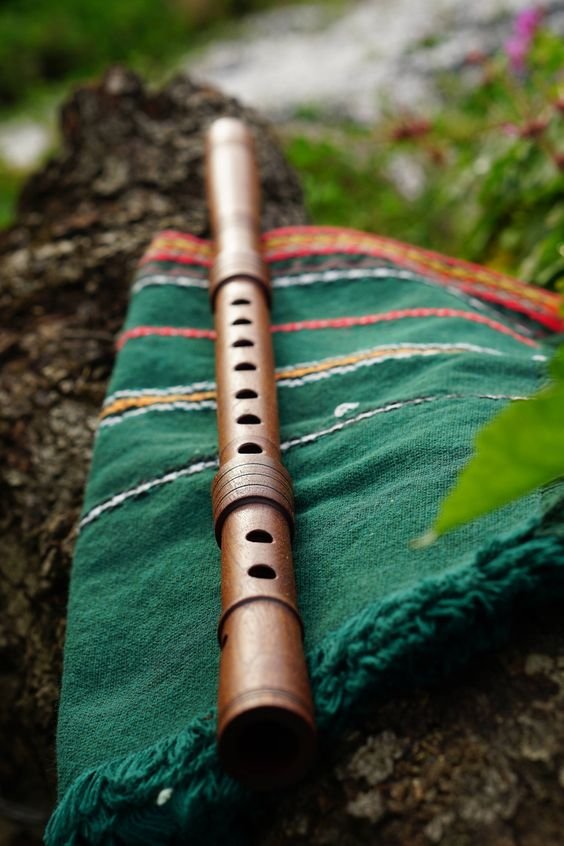
CONCLUSION
In conclusion, the flute is a beautiful and versatile instrument that has a rich history and a vibrant present. From its origins in ancient cultures to its current status as a popular instrument in classical and non-classical genres of music, the flute has always been a beloved and cherished instrument.
Today, there are many talented flute players from all over the world who are making significant contributions to the world of music, and the flute tradition is thriving and evolving. With its sweet and elegant sound, the flute continues to captivate audiences and bring joy to music lovers everywhere.
In the end, it is clear that the flute is an important and enduring part of musical history, and its legacy will continue to inspire and delight musicians and music lovers for generations to come.


